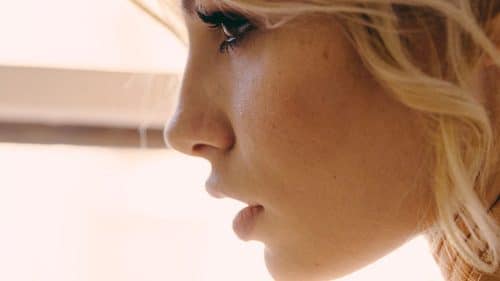Rhinoplasty, or nose surgery, is a common procedure that many people turn to in order to improve the appearance of their nose. Whether you are looking to reduce the size of your nose, change the shape, or correct a deformity, rhinoplasty can help you get the results you desire.
However, before undergoing rhinoplasty, it’s important to understand what the recovery process will be like. The surgery itself is relatively simple. Post-operative care and recovery process is important to ensure you get the best possible results. Here is a look at what you can expect during the rhinoplasty recovery process.
Immediately After Surgery
Immediately following surgery, you will need to rest and avoid strenuous activity. This is to ensure that your body has ample time to heal and that you don’t risk any complications. You may experience some swelling, bruising and mild discomfort during this time. This should not be severe.
Your doctor may also prescribe antibiotics and pain medications to help minimize the discomfort and reduce your chances of infection. It’s important to take these medications as directed. You should follow all of your doctor’s post-operative instructions carefully.
Next 1-2 Weeks
During the first 1-2 weeks after surgery, you should avoid strenuous activities. This includes heavy lifting and contact sports. You may also need to wear a splint or a cast on your nose to help protect it while it heals.
You should also sleep with your head elevated during this time. This will help reduce swelling and prevent fluid from accumulating in your nose. Your doctor may also recommend that you use a humidifier in your bedroom to keep your nose from becoming too dry during the healing process.
It is also important to keep the incision area clean and dry. You will likely be prescribed a special post-operative cream or solution to help reduce your chances of infection and promote healing.
2-4 Weeks
During the second to fourth weeks after surgery, you should continue to avoid strenuous activities and keep your head elevated when you sleep. You may also need to wear a protective device, such as a splint or cast, to protect your nose.
Most of the swelling should have reduced by this point. However, you may still experience some mild discomfort. Your doctor may recommend that you use a cold compress or pain relief medications to help with any remaining discomfort.
You may also be able to return to work and light activities during this time. However, it’s important to listen to your body and take it easy until your doctor gives you the all clear.
4-6 Weeks
By the fourth to sixth weeks after surgery, you should be feeling much better. Most of the swelling should have gone down and the discomfort should be minimal.
At this point, you should be able to resume most of your normal activities. However, you should still take it easy and avoid activities where you risk injury to your nose.
You may return to work, depending on the type of job you have. Your doctor will be able to provide more specific instructions on when you can return to work.
Final Thoughts
Recovering from rhinoplasty is a process that takes time and patience. It’s important to follow your doctor’s instructions carefully. Take it easy during the first few weeks after surgery. By doing this, you can minimize your chances of complications. This will also ensure that you get the best possible results from your surgery.
Click to see before and after rhinoplasty surgery results


